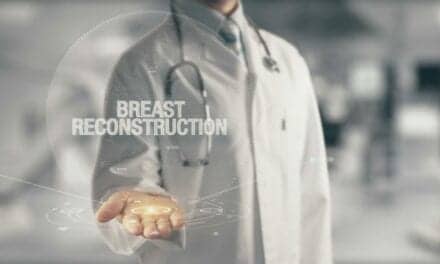6/05/08
June is National Safety Month. In order to help prevent injuries, the American Society for Reconstructive Microsurgery (ASRM), the American Academy of Orthopaedic Surgeons (AAOS), the American Society of Plastic Surgeons (ASPS), and the American Academy of Pediatrics (AAP) have teamed up to educate parents, adults, and children about the importance of lawn mower safety.
“Parents need to understand that lawnmowers can cause terrible devastating injuries to children’s hands, feet, or faces, which can impact the rest of their lives,” says Neil Jones, MD, ASRM president. “The tragedy is that most of these injuries are totally preventable by following some simple precautions.”
The ASRM, AAOS, ASPS, and AAP offer the following tips to help prevent lawn mower-related injuries:
• Children should be at least 12 years old before they operate any lawn mower, and at least 16 years old for a ride-on mower.
• Children should never be passengers on ride-on mowers.
• Always wear sturdy shoes while mowing—not sandals.
• Young children should be at a safe distance from the area you are mowing.
• Before mowing, pick up stones, toys, and debris from the lawn to prevent injuries from flying objects.
• Always wear eye and hearing protection.
• Use a mower with a control that stops it from moving forward if the handle is released.
• Never pull backward or mow in reverse unless absolutely necessary—carefully look for others behind you when you do.
• Start and refuel mowers outdoors—not in a garage.
• Refuel with the motor turned off and cool. Blade settings should be set by an adult only.
• Wait for blades to stop completely before removing the grass catcher, unclogging the discharge chute, or crossing gravel roads.
Many lawn mower-related injuries require a team of physicians from various specialties to properly repair them. Often, patients must endure painful reconstructive surgeries to restore form and function.
“Many children who sustain lawn mower injuries must undergo reconstructive surgery for months, sometimes years, after the initial accident,” says Richard D’Amico, MD, ASPS president. “The look on parents’ faces can be truly heart-wrenching. We are the physicians called to treat these devastating injuries, but would do anything to prevent them in the first place.”
[ASPS, June 2, 2008]



